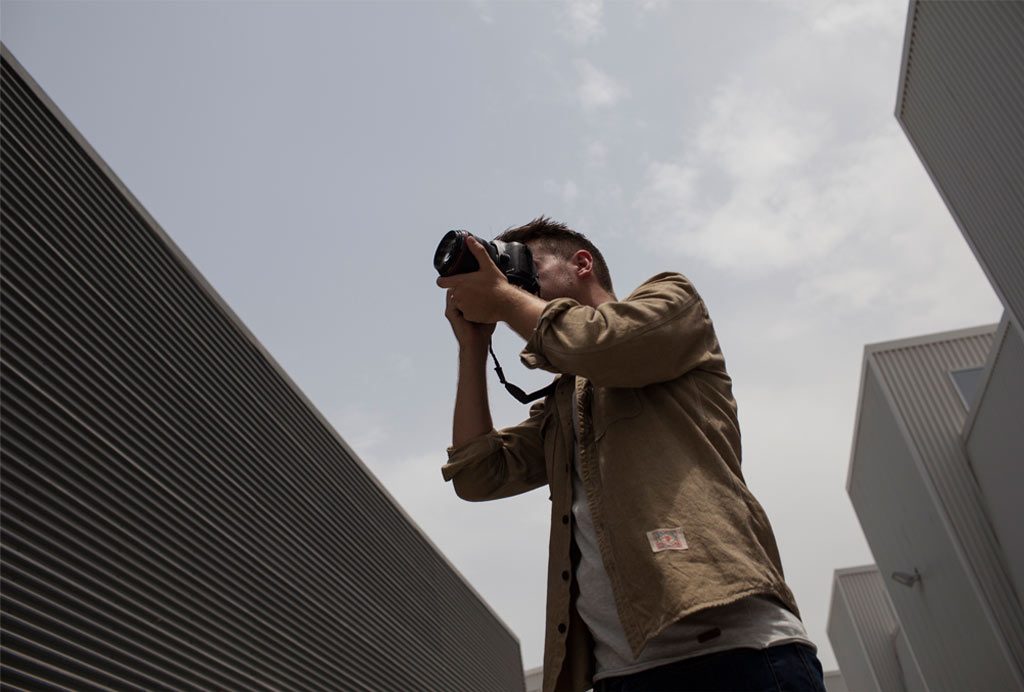In collaboration with Canon Middle East
DSLR stands for digital single lens reflex, which are high performance cameras traditionally used by professional photographers, but they are increasingly being adopted by enthusiasts as they become more user-friendly.
Choosing which DSLR to buy can get confusing for first-timers, what with a hundred alternatives available.
Courtesy of Canon Middle East, we have a 4-pointer guide of what to look for when buying a DSLR camera:
1. Price
This is instinctive, of course. With brands offering great starter DSLRs for amateurs and professionals by the EOS range, they’ve become highly affordable. Think of the additional cost that comes with this equipment though:
Lenses: These can be tailored to your photographic requirements, i.e. if you are interested in landscape photography, you will need a wide angle lens, while if you are more interested in taking wildlife or sports shots, then you may require a telephoto lens.
Batteries: All models will come with one, but if you are traveling, it’s a good idea to always carry a spare.
Memory Cards: Most serious photographers upgrade their memory cards to at least a 1 GB card, which allows you to take more hi-resolution images before needing to delete and free up space.
Filters: Filters can be used to manipulate the light that enters the camera. They are very useful for creating effects such as soft-lighting or warmer colours.
2. What will you use it for?
The first question most sales people will ask you is what type of photography you want to do.
It is well worth asking yourself this question up front, as it will help you think through the type of features and accessories you’ll need.
Landscape, aerial, still life, action, portraits?
[Perhaps, even Macro-photography?]
Whether you’re a beginner, semi-professional or a professional photographer, Canon’s EOS c range has a wide variety of with basic features/functions.
3. Resolution
‘How many megapixels does it have?’
Megapixels come into play as you consider how you’ll use your images. If you’re looking to print enlargements, then more can be good.
If you’re just going to print in small sizes, or use them digitally, then it’s not so crucial.
4. Added Value Features
Consider these:
Burst Mode: It’s the ability to shoot a burst of images by just holding down the shutter release – great for sports and action photography. DSLRs vary both in the number of frames they can shoot per second as well as how many images they can shoot in a single burst.
Maximum Shutter Speed: Most DSLRs will have a decent range of speeds available, but some will have impressive top speeds, which will be very useful if you’re into sports or action photography.
ISO Ratings: A camera’s ISO function sets the light sensitivity of the camera’s image sensor. A lower ISO setting is used when capturing overly bright scenes. This is ideal when shooting at the beach, on a ski slope, or under the midday sun.
A higher ISO setting is often used when shooting under dimmer conditions (cloudy days, indoors, etc.) since it increases the light sensitivity of the image sensor.
LCD Size: This feature can be important when you wish to review your pictures. The larger the LCD, the easier it will be to view your pictures after you take them, and to choose if you wish to keep them.
Dust Protection: Another feature that has started appearing in the latest round of DSLR cameras is image sensor dust protection; it is a technology that has been integrated into Canon’s EOS series – invaluable for Gulf photographers.
Flash: With ongoing flash development, photographers are able to bring a portable light source with them, improving both range and overall photographic results.
For more information on the latest DSLR cameras, visit www.canon-me.com
Also see: Spontaneity in Photography: Learn Henri Cartier Bresson’s Style & Photographs of Unseen Dubai: Bur Dubai, Deira, Karama











